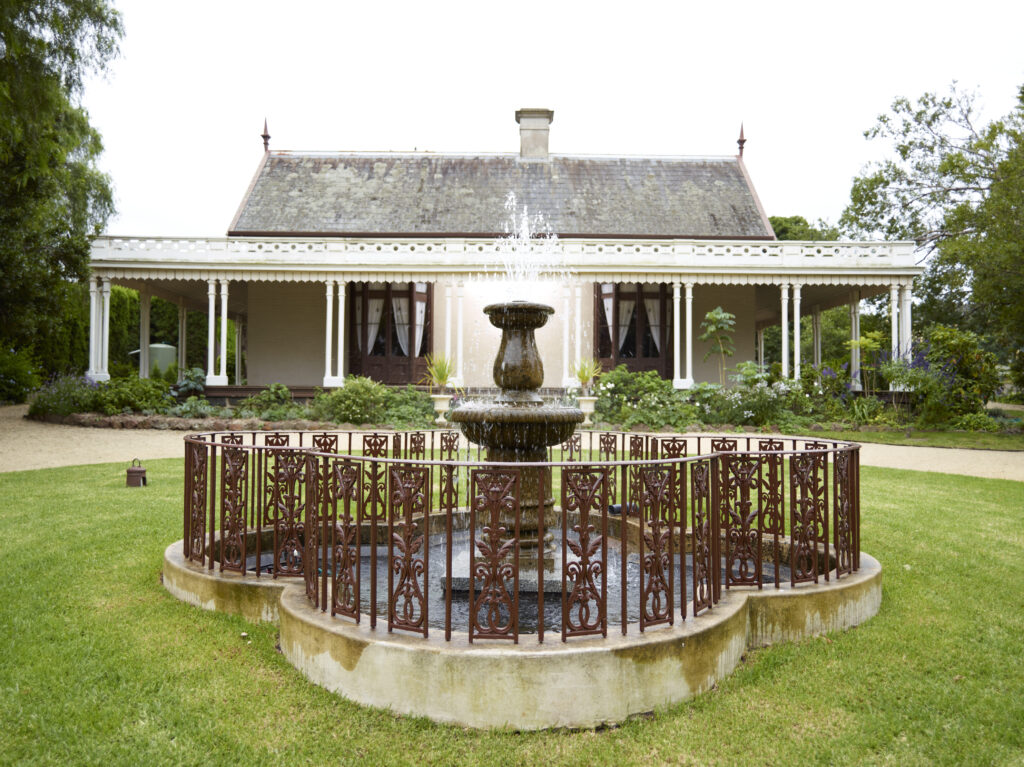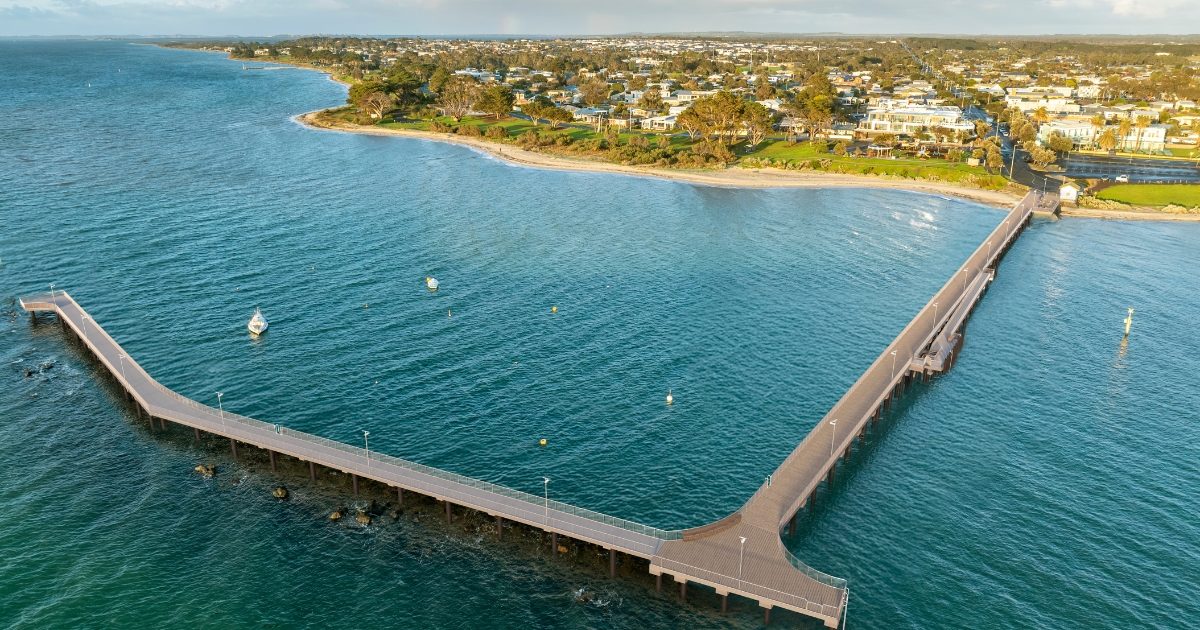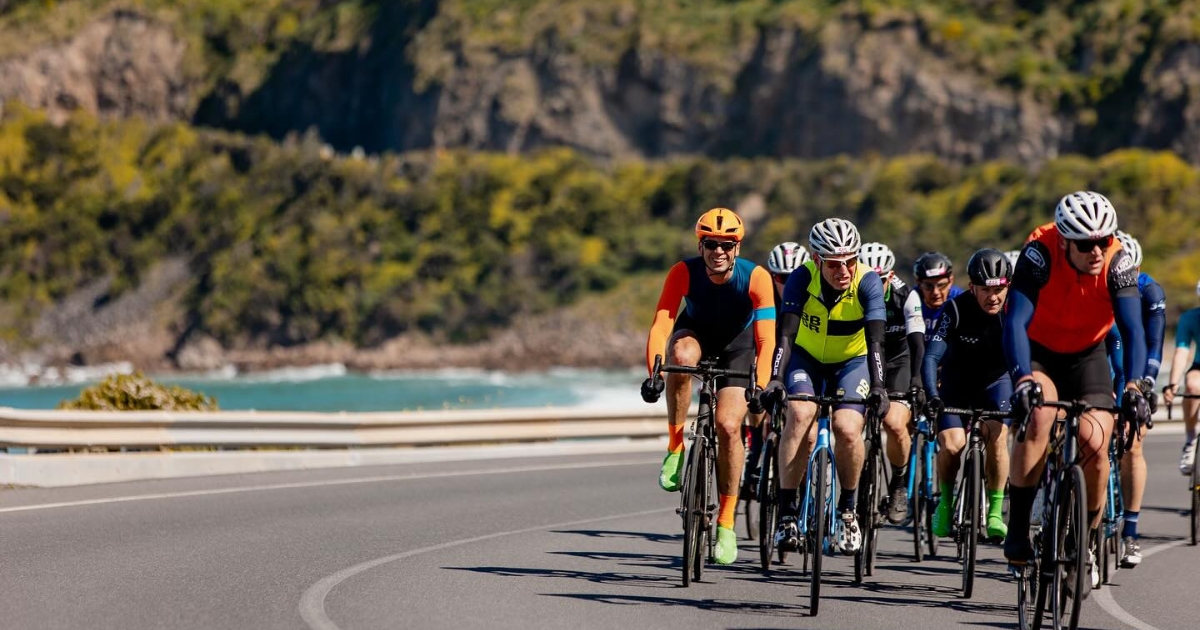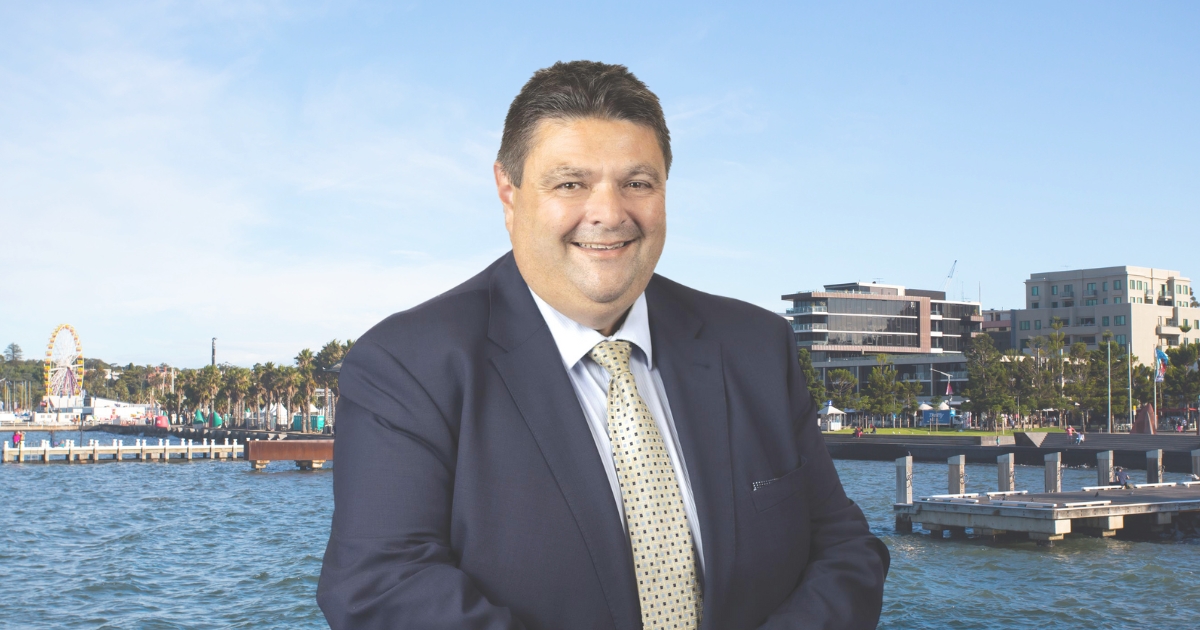New program brings archaeology to life for students

National Trust of Australia (Victoria) have launched a new archaeology program in Geelong for both primary and secondary students. Photo: SUPPLIED
AN IMMERSIVE school program has launched in Geelong, offering students the ability to experience a simulated archaeological investigation led by a trained archaeologist.
The program, Archaeology: Beyond the Written Record, is run by the National Trust of Australia (Victoria) and has been developed in collaboration with archaeologist and educator, Dr Georgia Stannard of La Trobe University’s department of archaeology and history.
The program is aligned to both the Victorian and Australian school curriculum, can be tailored to both primary and secondary students and is broken into two different types of experiences.
One is an incursion program that facilitators visit classrooms with boxed stratigraphic units, allowing students to learn archaeological theories and experience a small-scale excavation on schoolgrounds.
The other involves an excursion to the National Trust’s full-scale archaeological site at Barwon Grange, the lone survivor of the many riverside villas built along the Barwon River for Geelong’s elite in the 1850s and 1860s.
Next door to Barwon Grange lies Westbourne Villa, a riverside residence that burned down in the 1960s and was covered over due to its heritage value.
In the late 1990s, Westbourne Villa became the site of a real archaeological excavation.
The proximity of the sites forms a key feature of the program’s narrative, with students able to look at the remains of Westbourne Villa, complete a simulated excavation and then tour Barwon Grange to see a standing equivalent of the archaeological site they have just been excavating.
“It’s this really unique connection between an actual archaeological site and a standing version of that site,” Dr Stannard said.

She said the hands-on nature of the program offered many benefits to students.
“One of the great benefits with experiential and object-based learning is it’s not just one reference point to the knowledge that you’re trying to get your students to learn.
“Experiential learning really allows you to create multiple different winding roads, all leading to that same destination.
“Students get to choose their own route and they can swap between roads, but they get to form the knowledge in a way that’s best suited to them.”
Dr Stannard said the program was “highly multidisciplinary” and hopes it will inspire an interest in “our collective Australian story”.
“History, as it’s taught in Australian schools, is almost exclusively through written historical records which for our collective human history excluded 99.6 per cent of our human story,” she said.
“People have been here for at least 65,000 years and if we only rely on written sources to look at our Australian history, we only get the last 250 years, so we’re missing all of this complexity and nuance and diversity and innovation that happened before European colonisation.”
National Trust of Australia (Victoria)’s education and public programs manager Nicola Dziadkiewicz said comprehensive resource packs were available to further support teachers interested in the experience.
“We’d love the wider Geelong community to get a sense of their history and we’d like to contribute to that learning,” she said.
“We want teachers to feel really taken care of.
“They’re supported before and after with lessons that they can do to prep students for their learning before they arrive and then to consolidate and follow up on that learning post-visit as well.”
For more information, head to nationaltrust.org.au/vic

















